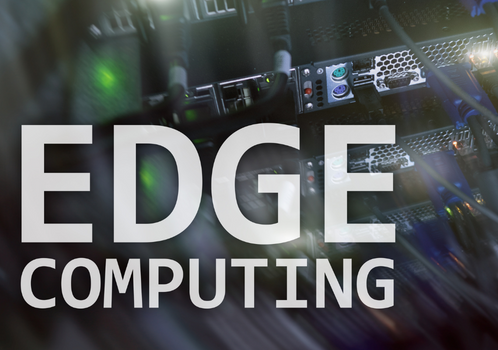Edge computing is what it sounds like
 FXEC, Tirunelveli | 05 Aug,2022
FXEC, Tirunelveli | 05 Aug,2022

Computing that takes place at the edge of corporate networks, with "the edge" being defined as the place where end devices access the rest of the network - things like phones, laptops, and sensors. An edge is a place where these devices are connected so that they could deliver data and receive instructions and download software updates from a centrally located data center or the cloud.
With the explosion of the Internet of Things, edge computing has also flourished. loT devices gather so much data that the sheer volume requires larger and more expensive prevalent. connections to data centers and the cloud. The nature of the work performed by these IoT devices are also creating a need for much faster connections between the data center or cloud and the devices. For example, temperature and humidity sensors in agricultural fields gather valuable data, but that data doesn't have to be analyzed or stored in real-time.
The upside of edge computing is faster response time and the downside can be security. With data being collected and analyzed at the edge, it's important to include security for the lot devices that connect to the edge devices and for the edge devices themselves. Network architects need to build in redundancy and provide fail-over contingencies to avoid crippling downtime if a primary node goes down. The industry has already gone a long way toward addressing the demands of edge computing, and it is becoming mainstream. Its importance is likely to grow even more as the use of real-time applications becomes more prevalent.
Author:

-Madhumitha Murali
III CSE